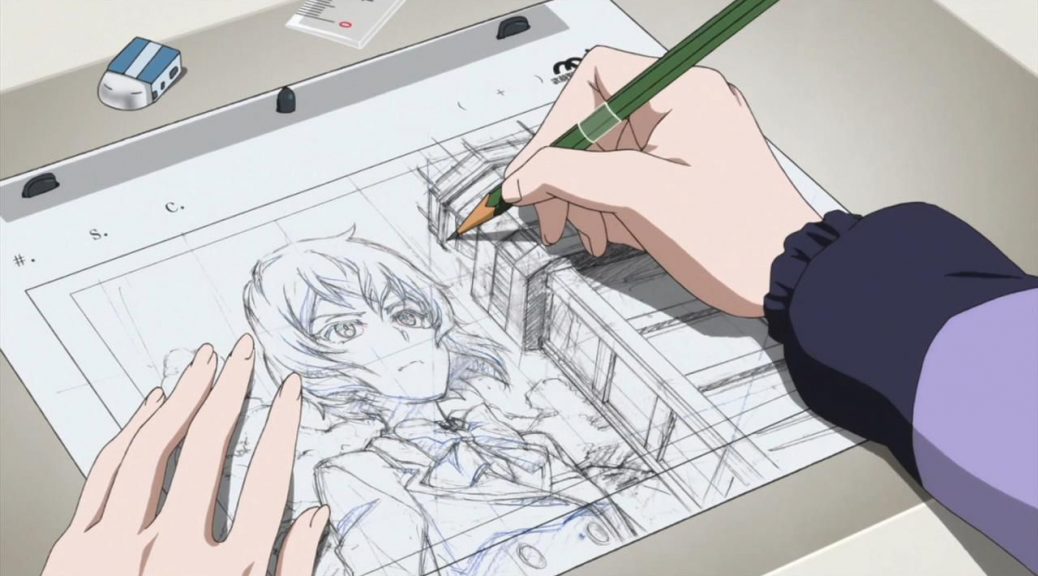Exactly How Anime is Made
Have you ever before wondered exactly how anime is made? For a lot of us, anime production is all smoke and mirrors. The distance between the concept art and the finished masterpiece is the size of a typical 12-week period. Reality be informed, unless you're proficient in Japanese, the manufacturing process controling Japanese animation is shrouded in enigma. Trying to get more information will lead you down a bunny hole of terms like vital animator, in-between animator, animation supervisor, episode director, art supervisor, as well as personality designer. Just how anime is made in Japan is extremely different from just how you would believe; many times, it is much more of a fluid (read: disorderly) process than you would anticipate.
The Art of Animation
Animation manufacturing is a messy, untidy event. Chaotic scheduling, ground timelines, missed out on deadlines, as well as widespread incompetence are all work threats anyone working in a tiny, start-up setting is well-acquainted with.

Anime is also a labor of love as well as one that calls for the talents of many people, in addition to the perseverance of a pick few. Besides, it is one that needs several, many steps. The success of even one episode is no little accomplishment, as well as one mistake can have alarming consequences for the entire production. Dig much deeper as well as you'll locate manufacturing timetables and also color-coded checklists that are the stuff of nightmares. A lot of spreadsheets, a lot of signatures.
I'll do my best to give an extensive introduction of the procedure, detailing the significant steps as well as the major players. In doing so, I wish to show how hard it is to make a decent anime, let alone a fantastic one, while reigniting your love for the medium. Above all, apologies in advance for any kind of mistakes or errors; I am, never, a professional on anime production.
The Production Refine (i.e. Manufacturing Mistakes).
Pre-production.
This is the planning and also funding stage. The anime production firm (e.g. Aniplex, Bandai Visual, Kadokawa Shoten, Horse Canyon, Sony, Toho, Viz Media) is in charge of fronting costs for staffing, broadcasting, and circulation. Fundamentally, they pay workshops to make it, television terminals to air it, as well as the licensor to distribute it domestically and also globally. Most of all, they accumulate the make money from the sales. Often, multiple manufacturing business are involved in a solitary anime. Studios (e.g. A-1 Pictures, Bones, J.C. Team, Kyoto Animation, Madhouse, Manufacturing I.G, Studio Ghibli, Trigger) are the ones that staff, pay, as well as create the actual anime. If the anime is an original concept, the studio will certainly sometimes aid front the costs.
Constructing the Team.
The supervisor is the innovative head honcho as well as is, generally, the one that staffs the program. When it comes to staffing, each studio functions differently. Some have permanent in-house animators, colorists, editors, as well as manufacturing desks, while others will certainly have a full-time team of core individuals from each department as well as a large network of freelancers. After that there are the studios that outsource the job totally to freelancers.
Storyboards.
The director is generally responsible for the storyboards, too. In long-running TV-anime, as opposed to seasonal anime, storyboards normally are up to different storyboarders. In a suitable world, the storyboards would be completely ended up before an episode goes into production. This would certainly offer the rest of the staff the possibility to expand a natural, totally realized story; however, that rarely ever occurs, and also often episodes are in-production as the storyboards are still being worked out. It's a nightmare, truly.
Layouts.
Next up is designs. Under the supervision of the director, episode director, as well as often manufacturer, the design supervisor will fill in the details for cuts (scenes, typically established by the use a solitary background). This involves organizing the primary computer animated photo or "cels" (received cozy shades) against the backgrounds (shown in awesome colors) with descriptions of just how the electronic camera should relocate. To put it simply, the format supervisor is mounting each cut as well as taking a look at general composition.

Animation.
Once formats are done, the manufacturing assistant gives them to the key animators. They're the ones who bring the photos to life. The completed cuts then most likely to the episode's computer animation director, that look for consistency and also high quality. If the cuts get the consent, they most likely to the in-between animator. This work is commonly contracted out to less skilled animators with less expensive rates. The in-between frameworks are sent to the in-between manager to ensure they follow the high quality and frameworks of the key computer animation. If a cut is declined at any kind of stage, it is returned for modifications.
Digitized.
Ultimately, once the animation is done, the tinting team, managed by the color developer, digitizes, cleans, as well as shades the cuts. At this moment, the cuts are described as cels (or digicels). The colorist places the colored cels versus the background art (as specified in the formats) as well as includes any 3DCGs under the supervision of the 3DCG manager. The final stage of in-production is shooting, in which make-up, special results, and modifying are wrapped up.
Post-Production.
With the end in sight, the manufacturing aide sends the final cels to the recording supervisor for post-production. The recording supervisor oversees the "dubbing" process in which the post-production groups include the voice acting, audio effects, and music. That wraps up the life process of one cut in anime manufacturing. Finally, at the end, the editor entwines, integrates, modifies, and afterwards develops all the completed cuts. On the other hand, the supervisor and episode director are checking in at each stage to make certain the ended up product lives up to website their vision. The core directing team then evaluates the completed episode as well as provides comments or their last authorization.